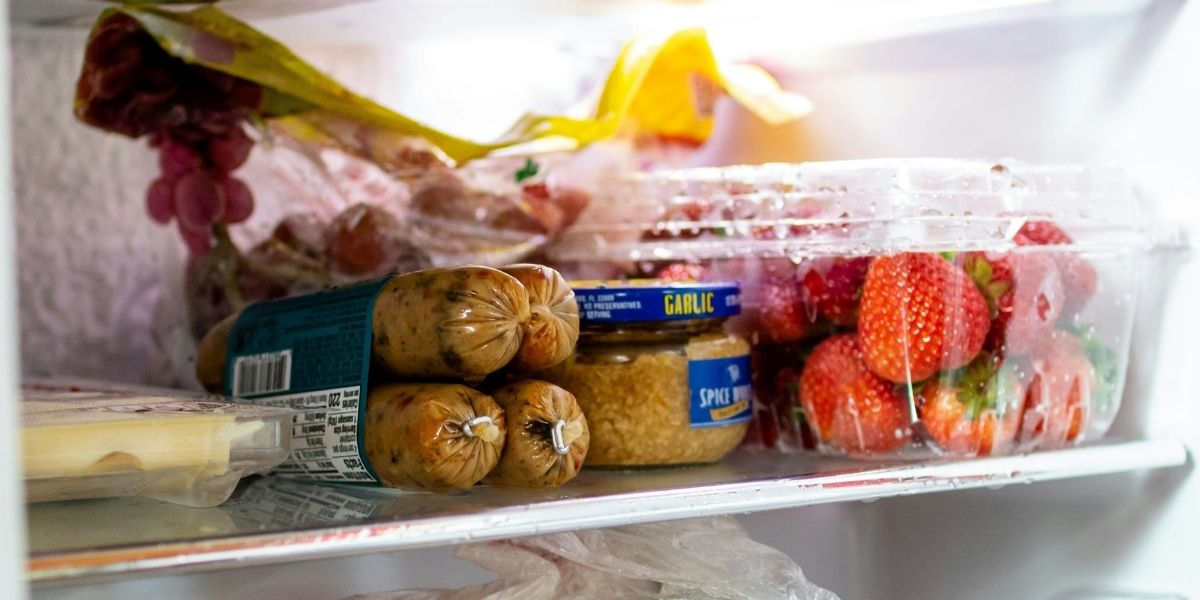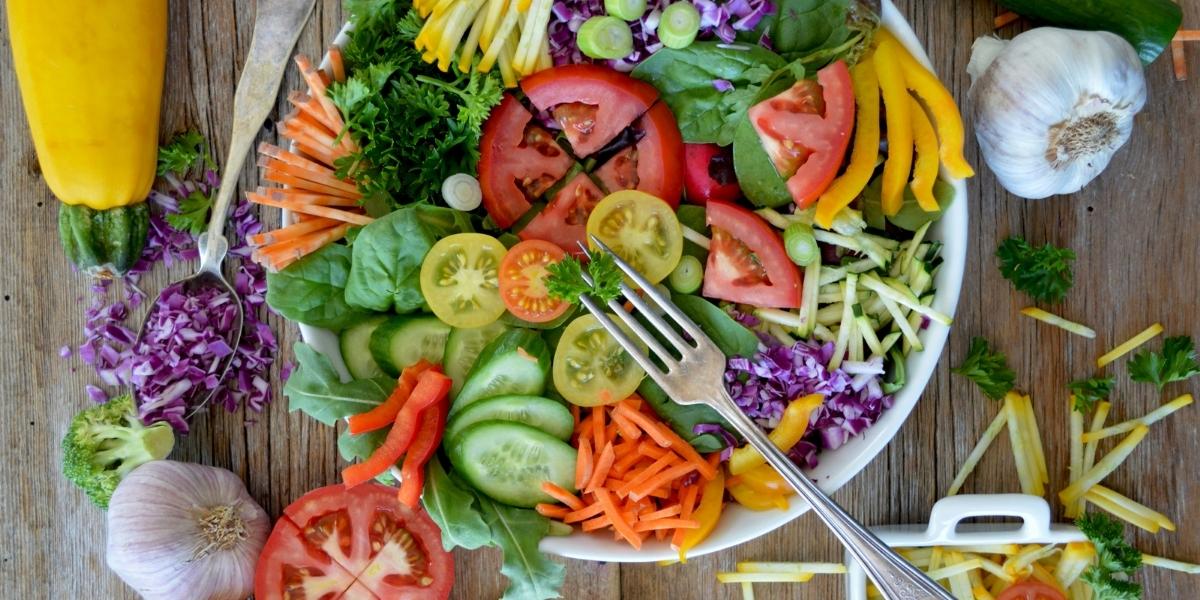Extend Shelf Life: The Role of Preservatives
In a world where food availability and safety are paramount, the concept of extending shelf life is a cornerstone of modern food systems. Without effective preservation methods, much of the food produced would spoil rapidly, leading to immense waste and limiting access to diverse diets. Preservatives play a critical and often unseen role in this process, working to maintain the quality, safety, and edibility of food products for extended periods. They are substances added to food to prevent or slow down undesirable changes that can occur due to microbial growth, enzymatic reactions, or oxidation.
Read Also: Discover Tennessee’s Thriving Farm-to-Table Movement
The history of food preservation stretches back millennia, long before the advent of modern chemistry. Ancient civilizations relied on methods like salting, drying, smoking, and sugaring to make food last, fundamentally allowing societies to develop beyond subsistence farming. While these traditional techniques remain valuable, the complexity of today’s global food supply chain, with its long transit times and varied storage conditions, necessitates more sophisticated approaches. This is where modern preservatives come in, offering targeted solutions to combat the many factors that lead to spoilage, ensuring that food remains safe and palatable from farm to table.
Why Are Preservatives Essential for Food?
Preservatives are essential because they directly address the primary causes of food spoilage: microbial growth and chemical degradation. Microorganisms such as bacteria, yeasts, and molds are naturally present in our environment and can quickly multiply in food, leading to undesirable changes in taste, texture, and smell. More critically, some microbes can produce toxins that cause foodborne illnesses, posing serious health risks. Preservatives inhibit the growth of these harmful microorganisms, thereby ensuring the safety of the food product throughout its journey from production to consumption.
Beyond microbial action, food quality can degrade through various chemical reactions. Oxidation, for instance, affects fats and oils, causing them to become rancid, while enzymatic browning can spoil the appearance and taste of fruits and vegetables. Preservatives known as antioxidants specifically target these chemical processes, slowing them down significantly. This helps to maintain the food’s original sensory qualities—its color, flavor, and texture—for a much longer duration than would otherwise be possible. Without these protective agents, many processed foods would quickly lose their appeal and nutritional value, rendering them inedible or unappetizing.

Photo Credit: Unsplash.com
The practical implications of using preservatives are far-reaching. They enable foods to be transported over long distances and stored for extended periods, reducing waste and making a wider variety of foods accessible in different regions, regardless of local seasonal availability. This contributes to food security and economic stability for producers and consumers alike. Furthermore, by ensuring food remains safe and appealing for longer, preservatives contribute to a more sustainable food system by minimizing the amount of food that is discarded due to spoilage, a critical concern in today’s world.
What Are the Main Types of Food Preservatives?
Preservatives can be broadly categorized based on their mechanism of action. Antimicrobial preservatives are designed to inhibit or destroy microorganisms. Common examples include sodium benzoate and potassium sorbate, often used in acidic foods like soft drinks, fruit juices, and baked goods to prevent the growth of yeasts, molds, and certain bacteria. Nitrites and nitrates are specifically used in cured meats to prevent the growth of Clostridium botulinum, a dangerous bacterium, while also contributing to the characteristic color and flavor of products like bacon and sausages.
Another significant group of preservatives are antioxidants. These substances prevent or slow down the oxidation of fats, oils, and other susceptible components in food, which can lead to rancidity, off-flavors, and discoloration. Ascorbic acid (Vitamin C) and tocopherols (Vitamin E) are natural antioxidants frequently used in a variety of products, from beverages to baked goods. Synthetic antioxidants like BHA (Butylated Hydroxyanisole) and BHT (Butylated Hydroxytoluene) are also effective in protecting fatty foods from oxidation, extending their freshness and palatability significantly.
Beyond these primary categories, some substances act as both antimicrobial and antioxidant agents or have other preservative effects. For example, citric acid, often found in citrus fruits, can inhibit enzymatic browning and also acts as an acidulant, lowering the pH of food, which discourages microbial growth. Salt and sugar, historically used for centuries, work by reducing water activity in food, making it difficult for microorganisms to thrive. Understanding these diverse types reveals the nuanced ways in which preservatives contribute to maintaining food quality and safety across a vast array of products.
How Do Preservatives Extend Food Freshness?
Preservatives primarily extend food freshness by creating an unfavorable environment for spoilage-causing agents. Antimicrobial preservatives work by interfering with the metabolic processes of bacteria, yeasts, and molds. They can disrupt cell membranes, inhibit enzyme activity crucial for microbial growth, or alter the internal pH of microbial cells, making it difficult for them to reproduce and flourish. For example, sodium benzoate, effective in acidic conditions, enters microbial cells and converts to benzoic acid, which disrupts their internal functions, thus preventing spoilage in items like fruit preserves and salad dressings.
Antioxidant preservatives, on the other hand, combat spoilage by preventing undesirable chemical reactions. Oxidation occurs when oxygen interacts with fats, oils, or certain pigments in food, leading to rancidity, color changes, and nutrient loss. Antioxidants either react directly with oxygen or with the free radicals that initiate these oxidative processes, effectively neutralizing them. This delays the breakdown of sensitive components, maintaining the food’s fresh appearance, taste, and nutritional integrity for a longer period. Think of how a sliced apple turns brown when exposed to air; an antioxidant like citric acid can prevent this enzymatic browning.
It is important to understand that preservatives are often used as part of a “hurdle technology” approach. This means multiple preservation methods are employed simultaneously, each acting as a “hurdle” to spoilage. For instance, a food might be preserved by a combination of refrigeration, a specific pH level, and the addition of a chemical preservative. No single method might completely stop spoilage on its own, but when combined, these hurdles create a highly effective barrier that significantly extends the product’s freshness and safety. This integrated approach ensures robust protection against various forms of degradation.
Are Preservatives Safe and Regulated?
The safety of preservatives is a subject of significant public interest, and their use is highly regulated by government agencies around the world. Regulatory bodies, such as the Food and Drug Administration (FDA) in the United States and the Food and Drug Administration (FDA) in the Philippines, conduct rigorous scientific assessments to determine the safety of each preservative before it is approved for use. These assessments involve extensive toxicological studies to establish acceptable daily intake (ADI) levels, which represent the amount of a substance that can be consumed daily over a lifetime without appreciable health risk.
Once approved, the use of preservatives is strictly monitored and controlled through specific regulations. These regulations stipulate which preservatives can be used in certain food categories, as well as the maximum allowable levels. The principle of “Good Manufacturing Practice” (GMP) is also enforced, meaning that the quantity of any additive used must be limited to the lowest possible level necessary to achieve its desired effect, and it should never be used to mask the effects of poor quality raw materials or unhygienic practices. These stringent guidelines ensure that consumers are protected and that food safety is prioritized.

Photo Credit: Unsplash.com
FDA adheres to international standards, including those set by the Codex Alimentarius Commission, which is a global reference point for food standards. This commitment to international guidelines ensures that the preservatives permitted for use in the country align with widely accepted scientific principles of safety and efficacy. Consumers can generally be confident that approved preservatives, when used within regulated limits, contribute to a safer and more reliable food supply. Ongoing research and re-evaluation ensure that regulatory frameworks evolve as scientific understanding advances, continually balancing the benefits of preservation with public health concerns.
What Are the Considerations for Natural Preservatives?
The rising consumer preference for “natural” ingredients has spurred interest in natural preservatives. These often include substances derived from plants, spices, or traditional food components that exhibit antimicrobial or antioxidant properties. Common examples range from salt and sugar, used for centuries, to more recently studied compounds like rosemary extract, cranberry extract, or even certain essential oils. These natural options work through similar mechanisms to synthetic ones—by inhibiting microbial growth or preventing oxidation—but are perceived by many consumers as being “cleaner” label ingredients.
Using natural preservatives also comes with its own set of considerations. Their potency and stability can sometimes be less predictable or consistent than their synthetic counterparts. The effectiveness can vary depending on the food matrix, pH levels, and processing conditions. Achieving the same level of shelf life extension and microbial control as synthetic options might require higher concentrations, which could sometimes impact the food’s flavor or texture. Additionally, the term “natural” itself can be broad, and not all naturally derived substances are free from potential allergens or sensitivities for all individuals.
Read Also: How to Keep Your Makeup Routine Clean and Healthy
Despite these considerations, the exploration of natural preservatives is a vital area of research in food science. Innovations in extraction and formulation are continuously improving their efficacy and applicability. As consumers continue to seek transparency and naturalness in their food choices, the role of these plant-derived compounds will likely expand, offering more options for extending shelf life in a way that aligns with evolving dietary preferences. The balance between effective preservation, safety, and consumer acceptance remains a dynamic and ongoing area of development in the food industry.








